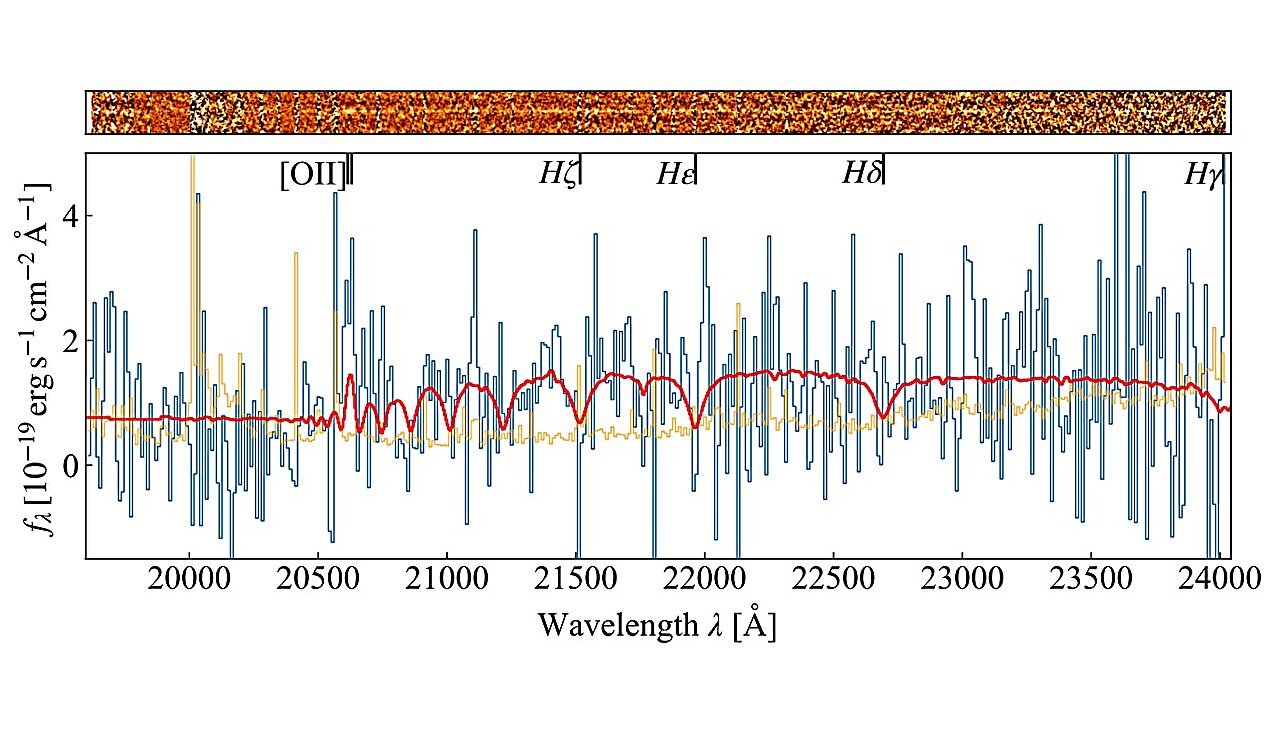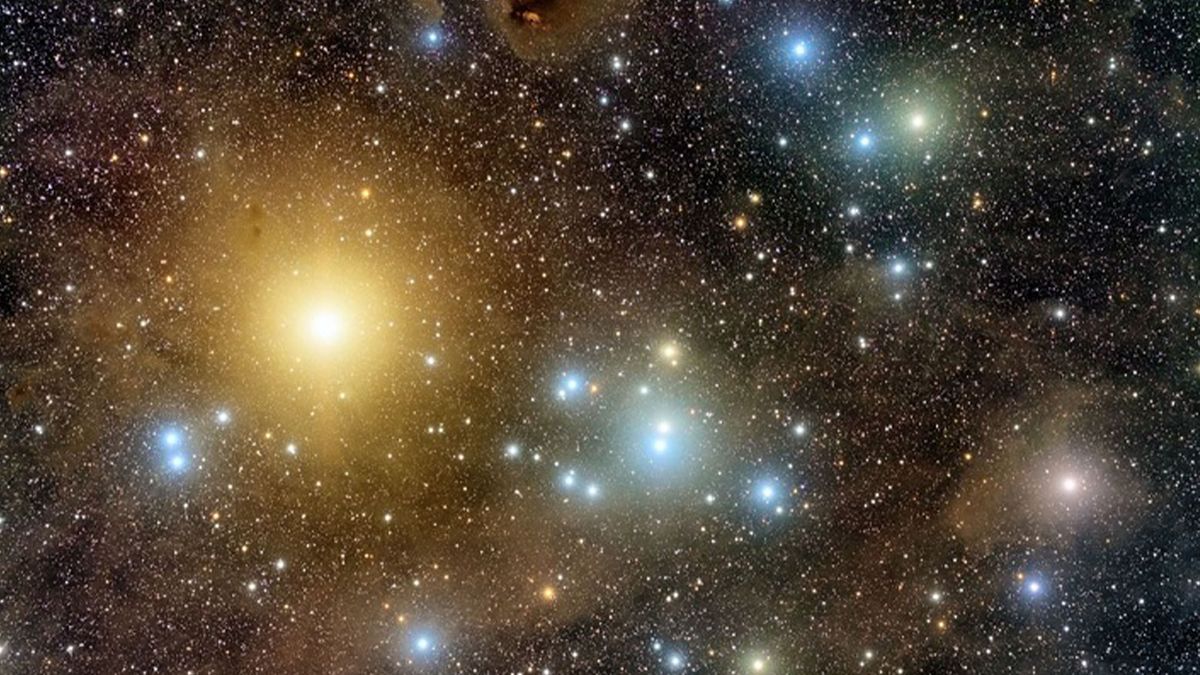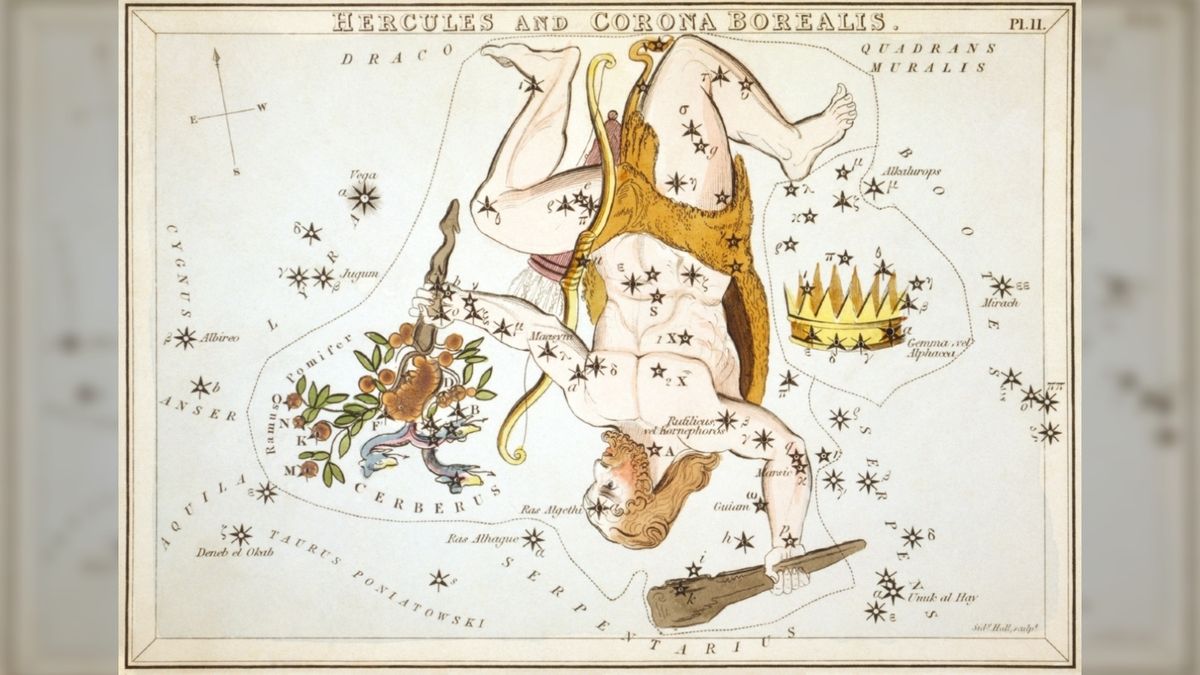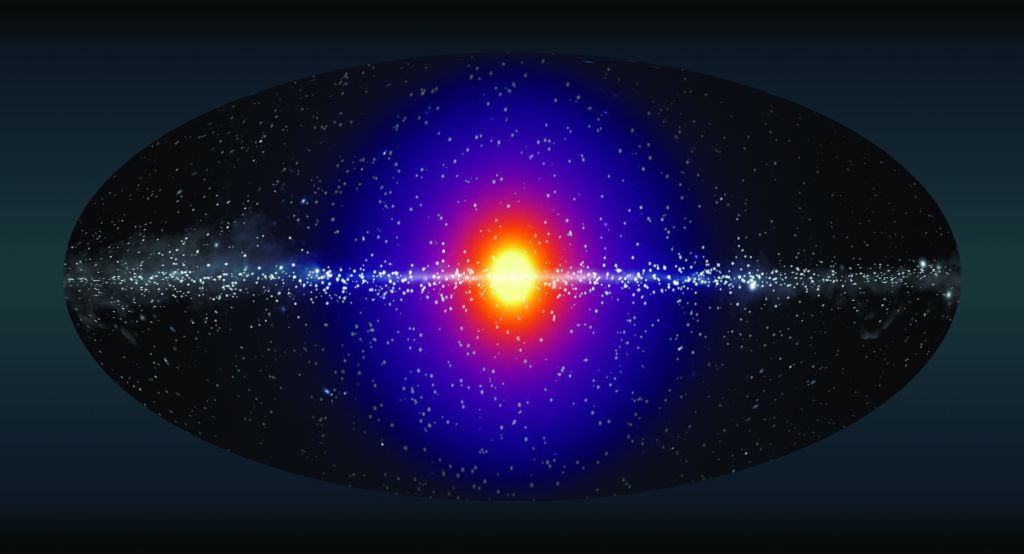New paper on a much smaller proposed planet nine than Mike Brown. This sounds more in line with Alan Stern’s proposals for another planet in the Kuiper Belt.
Is There an Earth-like Planet in the Distant Kuiper Belt?
There are many different possibilities. It is a fascinating subject.
Best way of summarizing the debate and hypothesis: a) planet sizes b) distance in Astronomical Units and c) our telescopes present magnitude limit.
1-For a start, scientists have managed to calculate the amount of mass in both Kuiper Belt and Oort cloud.
Latest news: that mass cannot be more than half-a-Neptune or a smaller Uranus. They express it in "Earth mass".
So (drums rolling) Kuiper Belt + Oort Cloud: whatever is beyond Neptune cannot be more than
ten Earth masses. There ain't another Jupiter or Saturn or Neptune out there, otherwise it would play havoc with all the Oort and Kuiper objects and we poor souls would be bombarded - even with Jupiter eating a number of agressors directed inwards the solar system. Just ask the dinosaurs opinion on the matter, even if TBH, what wiped out them wasn't interstellar.
Ten Earth masses is quite a large number. Could be Uranus, could be asteroids and comets, but the last two are peanuts. And between the two extremes: plenty of planet sizes.
Which size a planet there, and how many of them ?
-Full blown planets
a) 10-Earth mass
b) Earth mass
c) Mars mass
d) Mercury mass
-Dwarf planets
e) Pluto size
f) Ceres size
So there are (kind of) six possible size of planets.
Also: the smaller the size, the more hypothetical planets.
Back to that list
-Full blown planets
a) 10-Earth mass --------- could be only 1
b) Earth mass--------------could be 2 of them
c) Mars mass---------------could be 3-4 of them
d) Mercury mass-----------could be even more (no idea: around 10 ?)
-Dwarf planets
e) Pluto size---------------(many more, think of what happened in 2006 when Pluto was downvoted)
f) Ceres size---------------(many many many more - think of Ceres shamelessly leaving behind Asteroids - to Vesta, the new king)
Which means the solar system will probably, someday, explodes his planet count... provided we can find all those icy cold far away worlds !
And there comes the last parameter: magnitude.
Nowadays, our best of the best telescopes can reach magnitude 27. For the sake of comparison our naked eye is a pathetic 6 - and that's why we never saw Uranus and Neptune before Galilei and the age of optical astronomy.
So - magnitude 27. How does that translates for faraway planets ?
- we could see Uranus and Neptune smaller sister (the 10 X time Earth) up to 1000 AU.
- which means that the rocky ones must be closer than that: from memory, we won't see them past a few hundred AU.
- the smaller the planet, the harder to catch it. Presently we are finding Pluto rivals and sisters at less than 100 AU.
- Pluto is around 50 AU, Neptune and Uranus (from memory) at 30 - 40 AU.
So that's what we can see as of today.
But the solar system doesn't stop at 1000 AU. Not at all. The Centauri system is 4.5 lightyears away, and the Oort Cloud probably stretch to 1/3 rd of the way: 1.5 light year.
Now, how much AU is 1.5 lightyear ? 63240 AU is 1 lightyear, so 1.5 would be close to 100 000 AU. 94 000 something, TBH.
Wait, 100 000 AU to the fringe of the solar system ? but our telescopes magnitude 27 is presently blind beyond 1000 AU.
Which exactly means something: we cannot see planets beyond a miserable
1% of our solar system depths.
One percent - and that's the absolute best case for the maximum-mass planet allowed by the Kuiper Belt / Oort Cloud mass calculations: a smaller Uranus or a half-Neptune.
If that fat planet is beyond 1000 AU, we are blind. And anything smaller up to Earth size is presently invisible beyond 500 AU - if we are lucky.
Now, just think about it. Within that 10 X Earth mass limit, and beyond 1000 AU - there might be Earths, there might be Mars, there might be Mercurys, and there might be a boatload of dwarf planets - Pluto and Ceres -size.
We have merely scratched the surface of the solar system.
And by the way - there are roughly 200 billion stars in our Milky Way - and a good fraction of them might have planetary systems. During the creation of all those systems, they ejected plenty rocky planets. So there might be 1000 or even 10 000 billion "orphan" planets, the size of Earth or smaller, orbiting no star but the galactic center.
It is just mind blowing. Our galaxy alone might be teeming with bazillions of planets. So many of them, E.T might just jump from one rogue planet to another, like true... Hitchickers of the galaxy. To you, Douglas Adams.
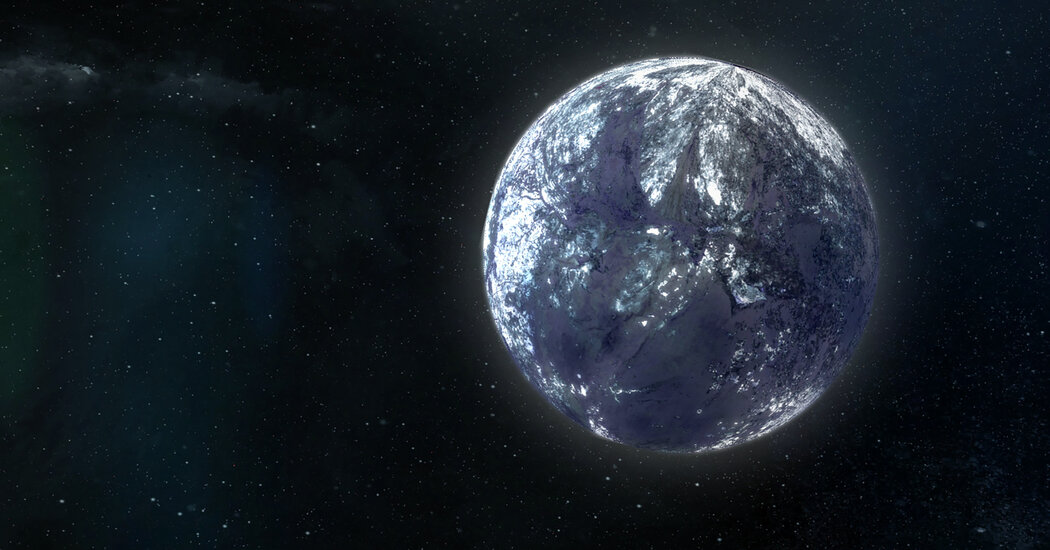

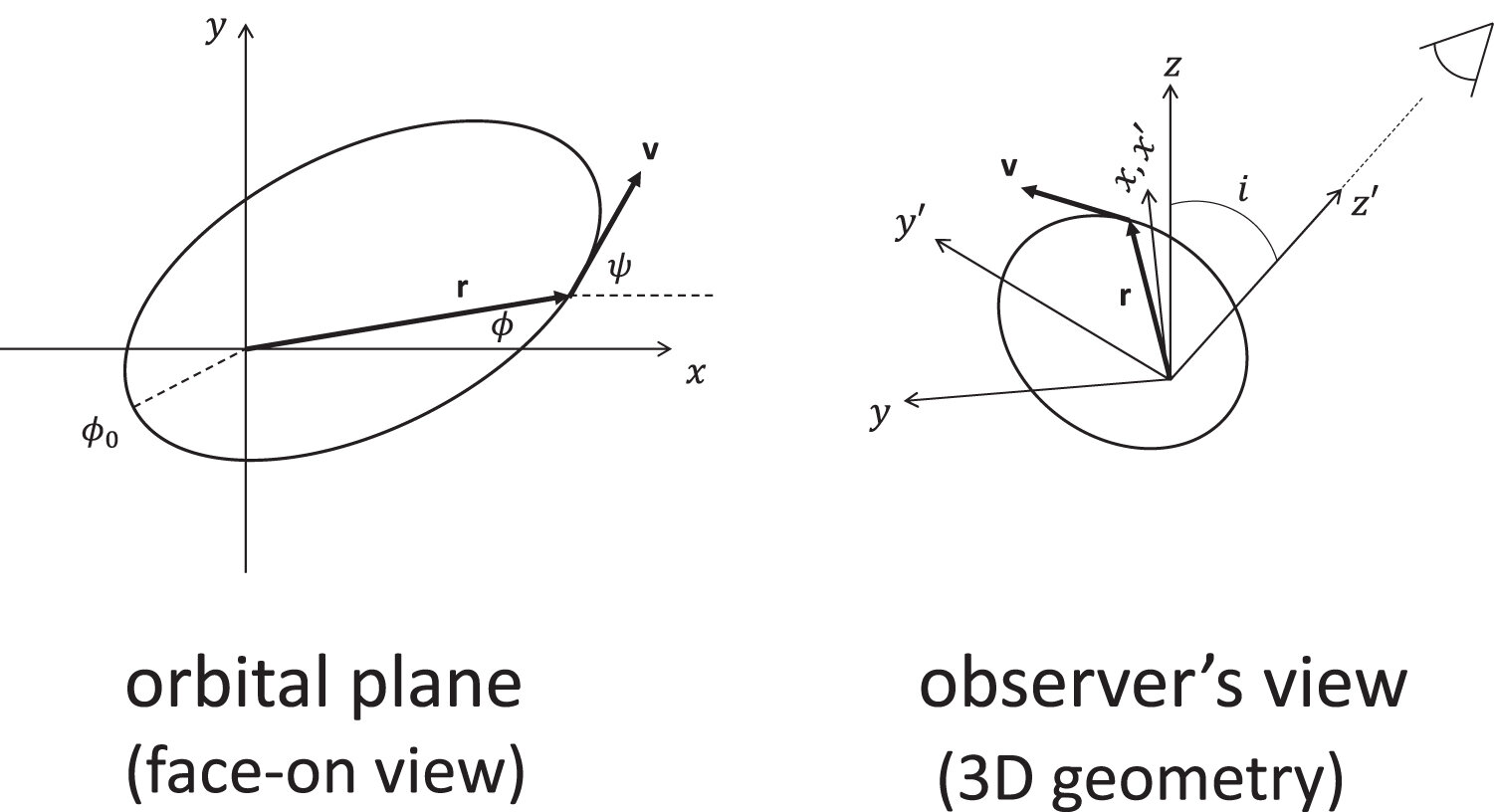
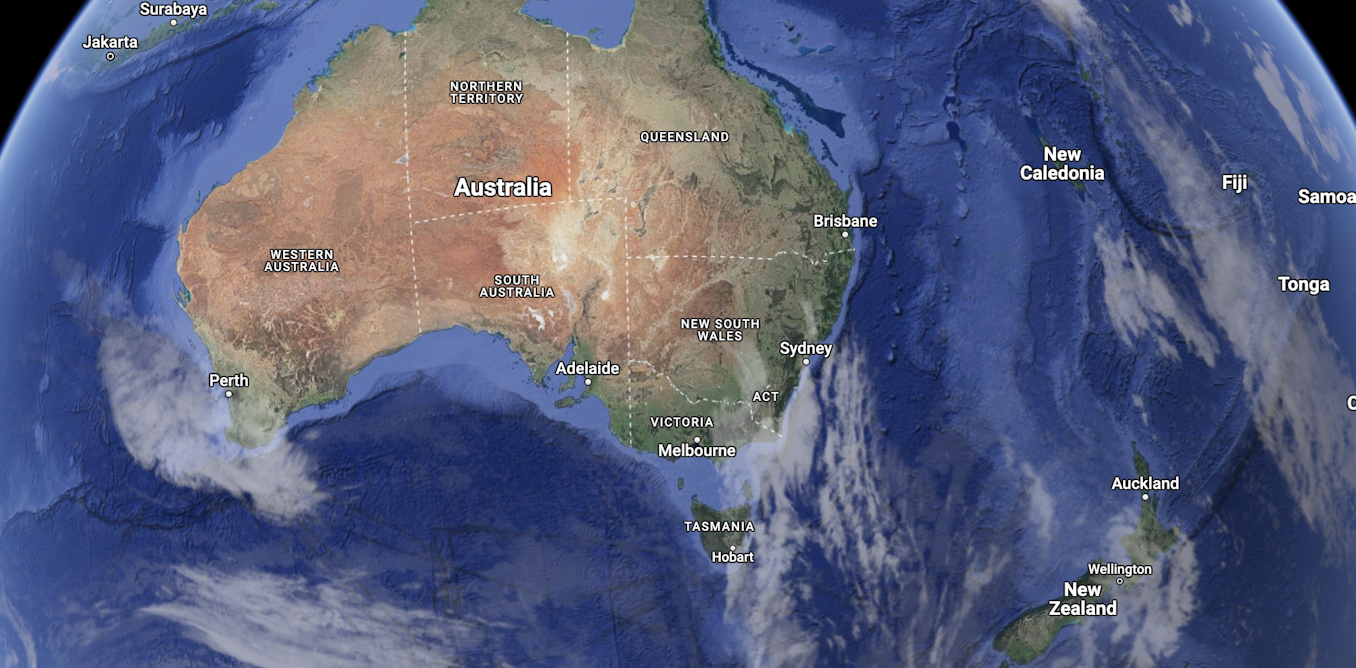
 theconversation.com
theconversation.com
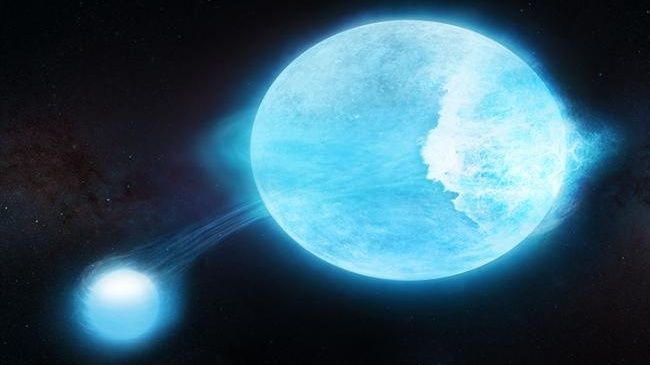
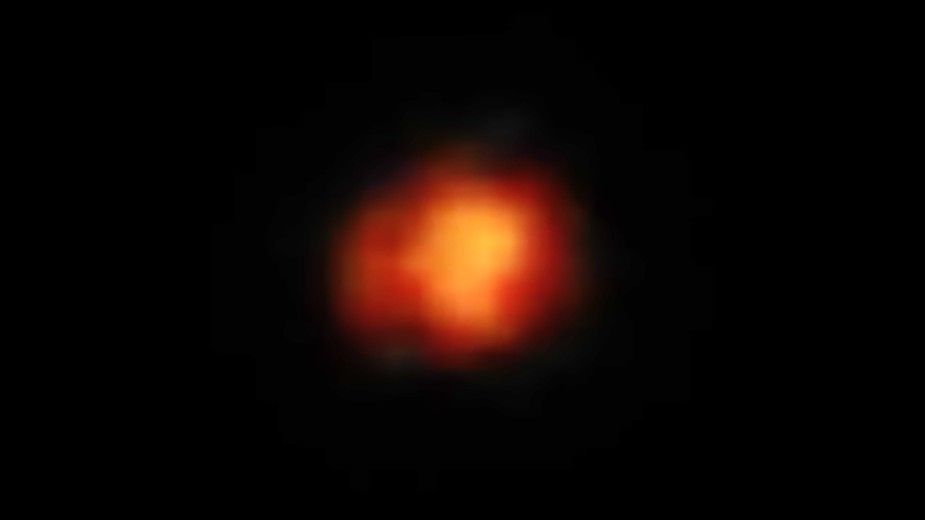
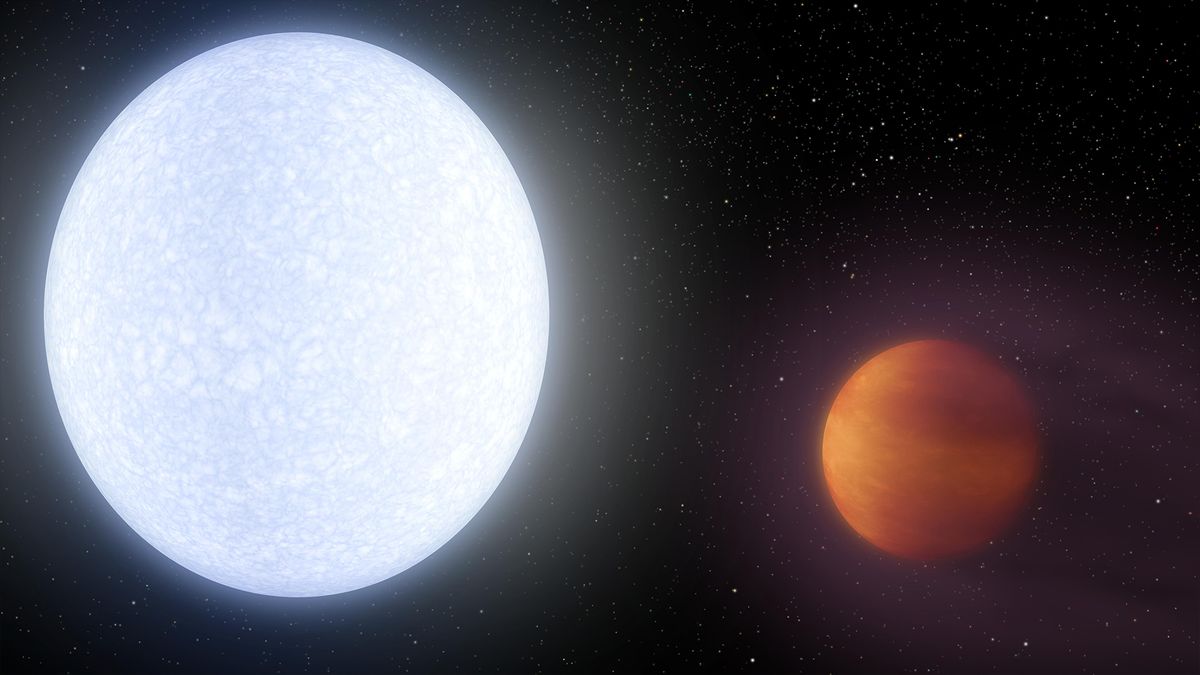
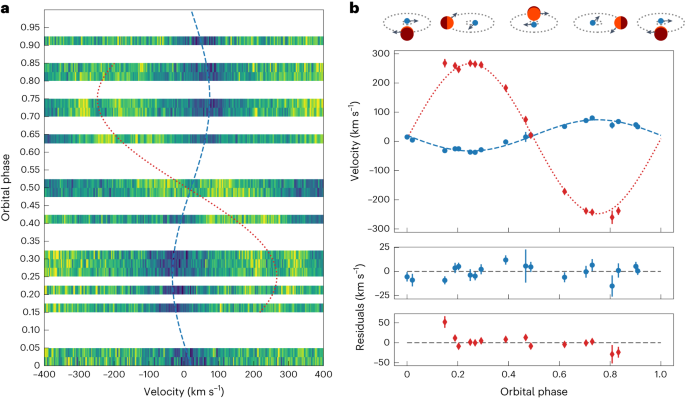

 shows.acast.com
shows.acast.com
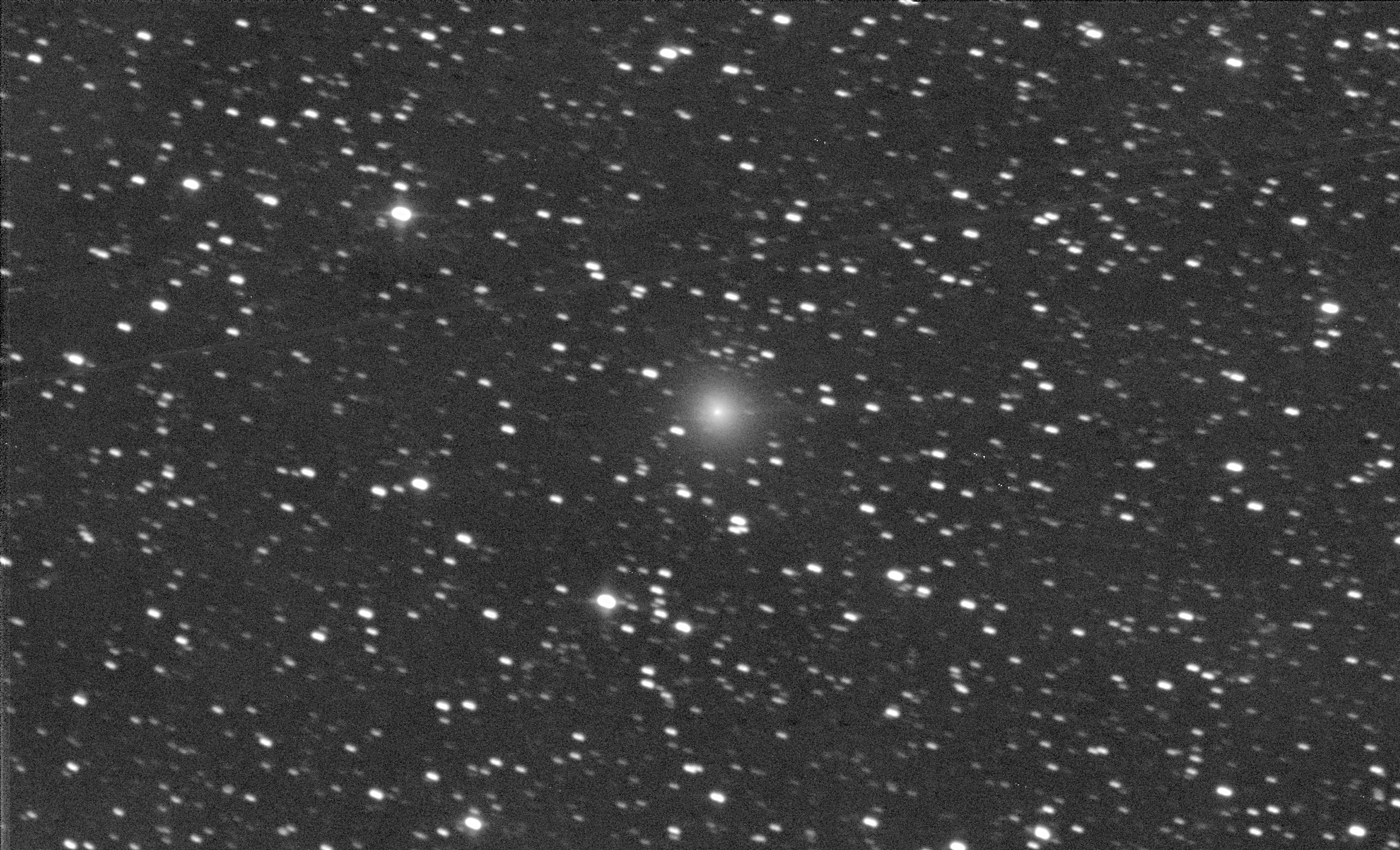
 www.universetoday.com
www.universetoday.com
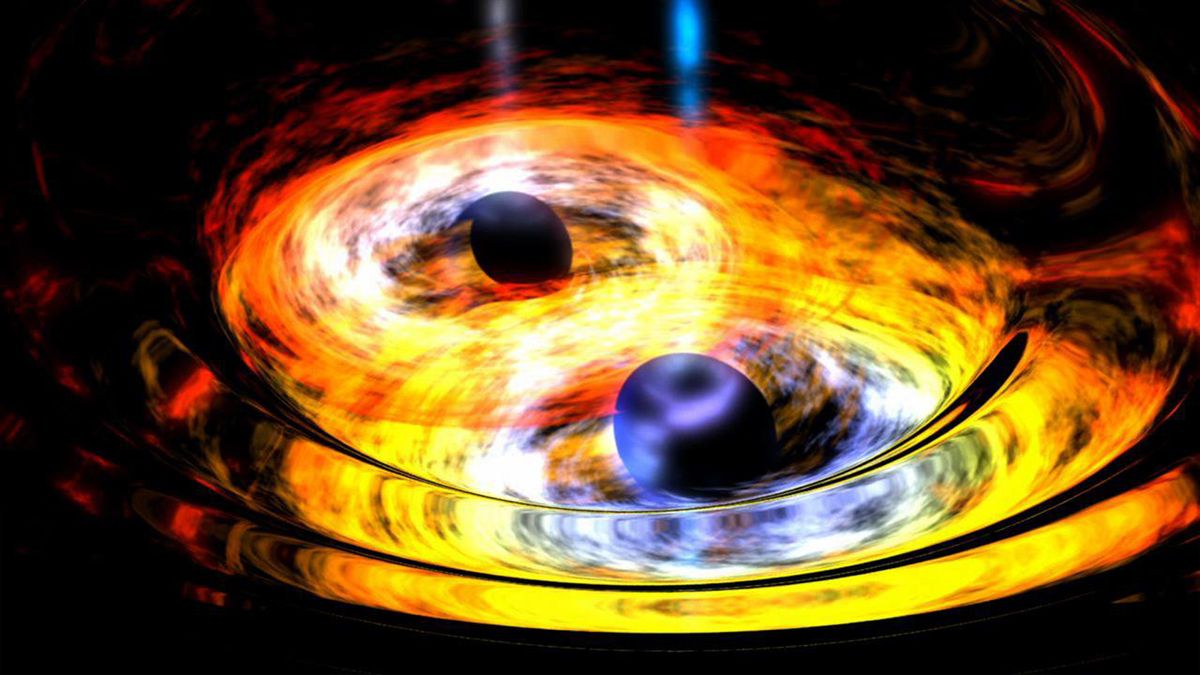

www.newser.com
